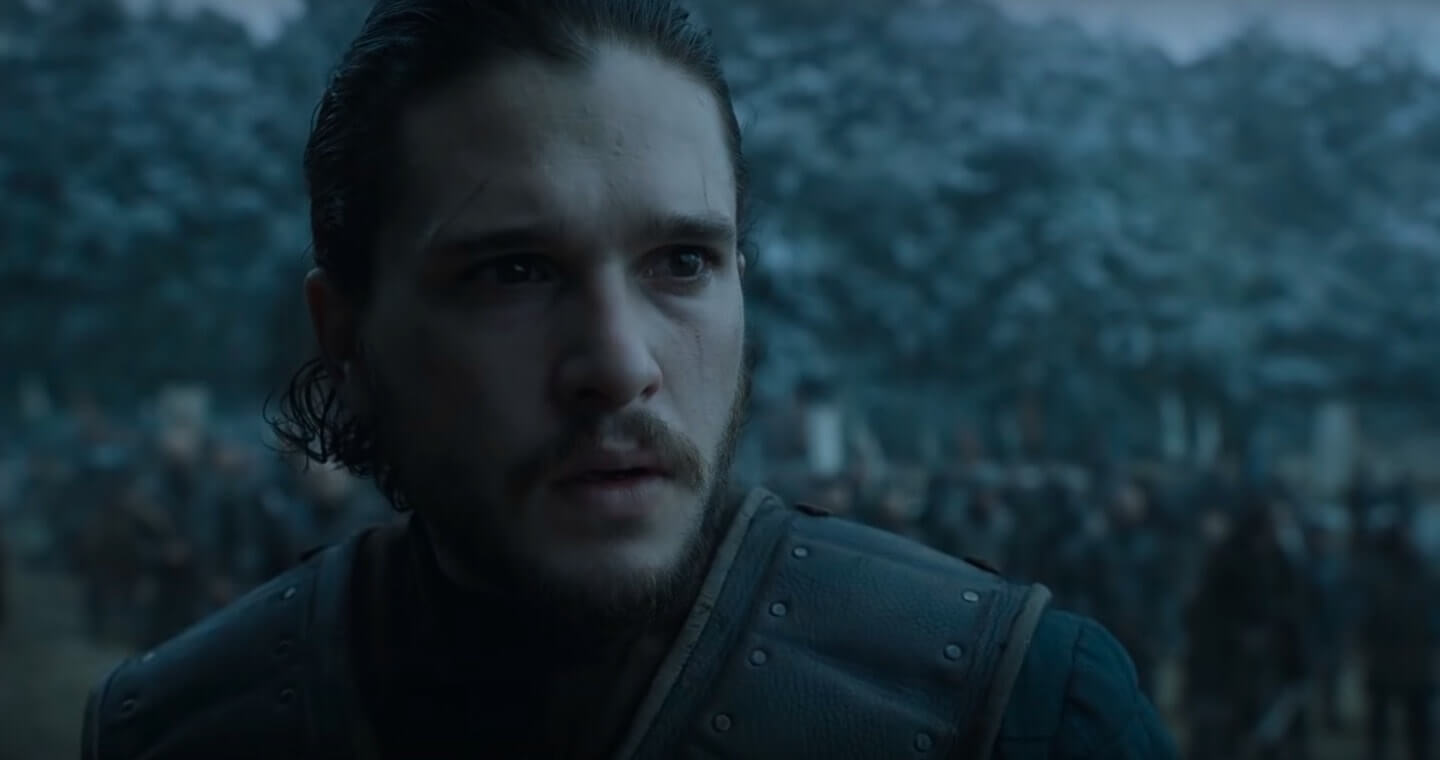The single camera set up, or single camera mode of production, is a method of filmmaking and video production. In this set up, one camera is used to take all of the various shots used in the final product of production. Since there is only one camera the camera needs to be moved and re adjusted to get each new shot or angle.
If a scene cuts back and forth between actor one and two, the director will first point the camera towards one and run part or all of the scene from this angle, then move the camera to point at two, relight and re adjust, then run the scene through from this angle.
Choices can then be made during post production editing stages, for example when to cut back and forth between the two(there are often more) angles.
By contrast, a multiple camera set up consists of multiple cameras arranged to capture all of the different camera angles of the scene simultaneously, and the set must be lit well to accommodate all of the cameras set up around the studio.
Multi camera production generally results in faster but less versatile videography, where as the single camera set up is more time consuming but gives the director more control over the shots used.
Single camera set ups are normally utilized for prime time dramas, made for TV movies, music videos and commercial advertisements.
Soap operas, talk shows, game shows, most if not all reality television series, and sitcoms, more frequently used this camera set up.
Though multi camera set ups were very normal for US 1950s sitcoms, the 1960s saw increased technical standards in situation comedies, which came to have larger casts and used a greater number of different locations in episodes.
Several comedy series of the era also made use of feature film techniques. To this end, many comedies of this period used the single camera techniques method.
Apart from giving the show a feature film style, this technique was netter suited to the visual effects frequently used in these shows. These effects would have been difficult had the shows been shot with a multi camera set up.
By the mid 1970s, with domestic situation comedies in vogue, the multi camera shooting style for sitcoms came to dominate and would continue to do this throughout the 80s and 90s, although the single camera format was still seen in television series classified as comedy drama or 'dreamed'.
In the 2000s, television saw a resurgence in the use of single camera techniques in sitcoms.
Multi camera shooting is the only way that an ensemble of actors presenting a single performance before a live audience can be recorded from multiple perspectives. Also for standard, dialogue driven domestic situation comedies, the multi - camera technique, which is cheaper and takes less production time.
It may be deemed preferable to use the single camera technique especially if specific camera angles and camera movements for a feature film - like visual style are considered crucial to the success of the production. Likewise these productions often feature varied locations/no live audience/ no laughter track.
Soap Operas
Due to time constraints, large casts and crews, and ready made specifically designed to sets, and dialogue driven narratives, soap operas commonly employ multi - camera techniques over single.
Drama
Conversely conventional drama employs single camera techniques similar to film, smaller central casts, less pressure in terms of volume/ time constraints of production, larger locational ranges and in recent years, TV drama has become an active competitor to film the industry, therefore the need to produce something with more versatility and artistic control is paramount.
Corporate Videos
Short films made to promote business, often made in vocational surroundings, so need for flexibly/ ability to work in non designated spaces, they often use voiceovers/ imagery therefore less interaction with a large cast, 'talking heads' interviews are often used, static single camera with one lighting set up.
Cost Benefits
Less equipment is required - you don't have to find funding to purchase / hire a range of camera and associated additional materials such as: tripods, lenses and microphones can drive up the cost.
Because of this it enables budgets to be achieved more realistically, this is especially important in certain scenarios, for example: small budgeted independent projects, corporate video and less commercial material productions.
Because you require less equipment, you also require less staff to operate it, again saving costs in wages.
Logsical costs can also be required in terms of the facilities required to transport and store larger and heavier quantities of the equipment. Productions require much less space than a more complicated multi camera setup.
Simplifying the Filming Process
Set ups can be streamlined to support a leaner shoot for example you don't need to worry about additional cameras appearing in the shot.
Multiple camera productions often require additional setup time to achieve suitable lighting. The best lighting is limited to one angle, and therefore having to ensure people have to be well lit and shot from three or four angles at the same time (as they normally are in multiple camera video production), there will invariably have to be some compromises.
Another additional advantages of single camera (film or video) dramatic production in that scenes don't have to be shot in sequence.
In fact, seldom does a scripts chronological sequence represented the most efficient shooting order. The final sequence of scenes is arranged during editing.
In this instance it is not always essential to have all actors available at any one time.
It offers more benefits such as: the director has more control over each and every shot, the production will feel more personalized and allow the audience to be submerged into the diegesis, (potentially) far less film is used/wasted when filming with one camera, existing stylized camera angles, the footage can be shot in clusters so that the cast and crew can have breaks from set, a variety of locations can be utilized due to the amount of equipment used, single camera productions can be created on much tighter budgets, the lighting for each shot is individual, therefor more controlled for each shot, it is possible to still produce a master shot for each scene as well as individual angles and finally multiple run - throughs can help actors get into character.
Time Consuming
In a single camera production you are limited by the ability to film only one angle at a time. This means multiple individual takes are required to allow for a variety of camera angles in the final edit. Although this allows for greater creative control (for things such as lighting), it takes longer both in production and post production to assemble a suitable sequence.
Due to the ability to shoot one shot at a time, very carful staging needs to be employed, this is to ensure continuity and carful matching in the editing process.
Potential Challenges for Actors
There is a danger you achieve less natural reactions from actors who are required to engage with one another on screen as only one shot is filmed at a time, and this may impact on the 'flow' of the piece.
For example: it can be a lengthy and time consuming process, it is (potentially) more expensive than multi camera production due to the length of filming, it is a personal choice to film using the single camera format and not everyone on the project may agree, continuity errors are far more frequent and finally the action filmed can start and stop continuously which might be aggravating and appear stunted and stilted on camera.
Shot Types

Establishing Shots, an establishing shot in film making and television production set ups, or establishes the contact for the next sense by showing the relationship between its important figures and objects. For example, this shot taken from a scene in the Shining.
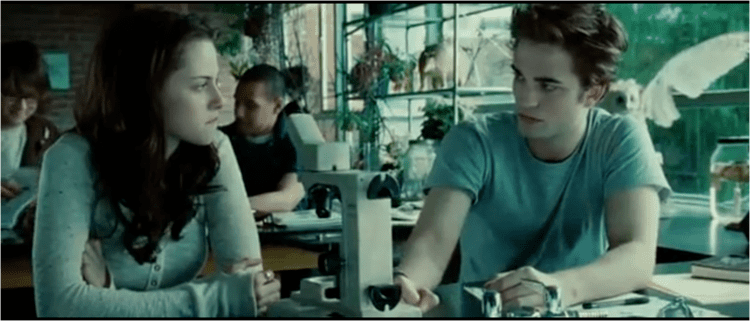
Master shot, a master shot is a film recording of an entire dramatized scene, from start to finish, from an angel that keeps all characters in view. It is often a long shot and can sometimes preform a dual function of acting as an establishing shot. For example, this is a screenshot taken from the film Twilight.

A tracking shot is any shot where the camera moves backwards, forwards or alongside the subject being recorded. In cinematography, the term refers to a shot in which the camera is mounted onto a camera dolly that is then placed onto rails. For example, this shot from Pulp Fiction.

Cut ins/ cut aways, in film and video, a cutaway shot is the interruption of a continuously filmed action by inserting the view of something else into the shot. It is usually, though not always, followed by a cut back to the first shot, when the cutaway avoids a jump cut. For example this scene from Ferris Bueller's Day Off.

In photography, filmmaking and video production, a long shot (sometimes referred to as a full shot or wide shot) typically shows the entire object or human figure and is usually intended to place it in some relation to its surroundings. For example, this is a screen shot taken from Django Unchained.
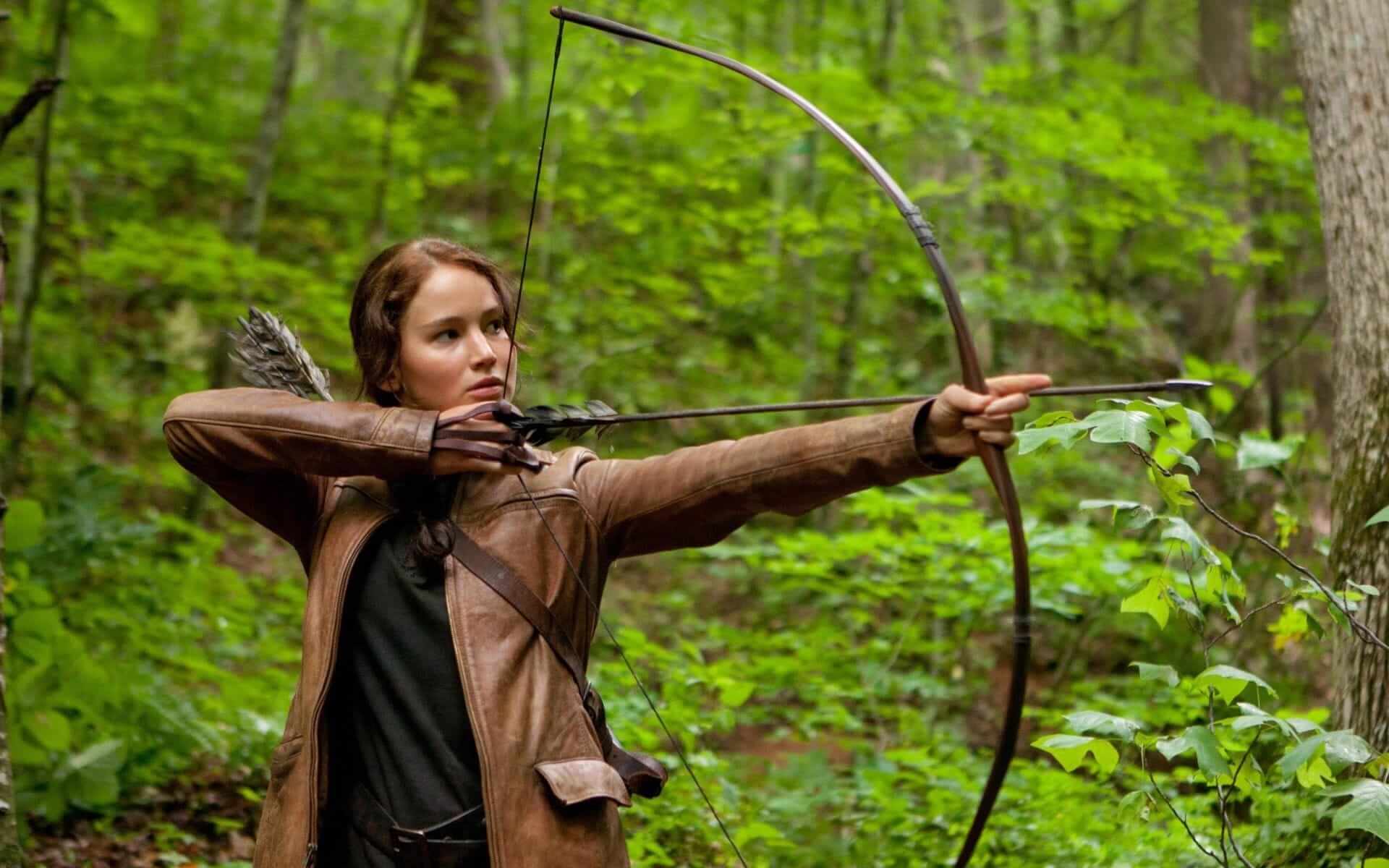
Medium shot, a media shot is a general, all propose shot, medium shots are used for dialogue sequences, and they allow the viewer to pick up the characters movements and gestures. Body lanugue is important to conveying emotion and a medium shot remains close enough to capture that emotion. For example, this screenshot taken from the Hunger games Franchise.
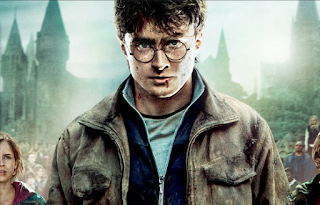
A close up in filmmaking, television, still photography an the comic strip medium is a type of shot that tightly frames a person or object. Close ups are one of those standard shots used regularly with medium and long shots in cinema. For example this screenshot taken from Harry Potter.

Extreme close up, this shot is used to show extreme detail. You would normally need a reason to get this close to a subject. It is too close to show general reactions or emotion except in very dramatic scenes. A variation of this shot is the choker.
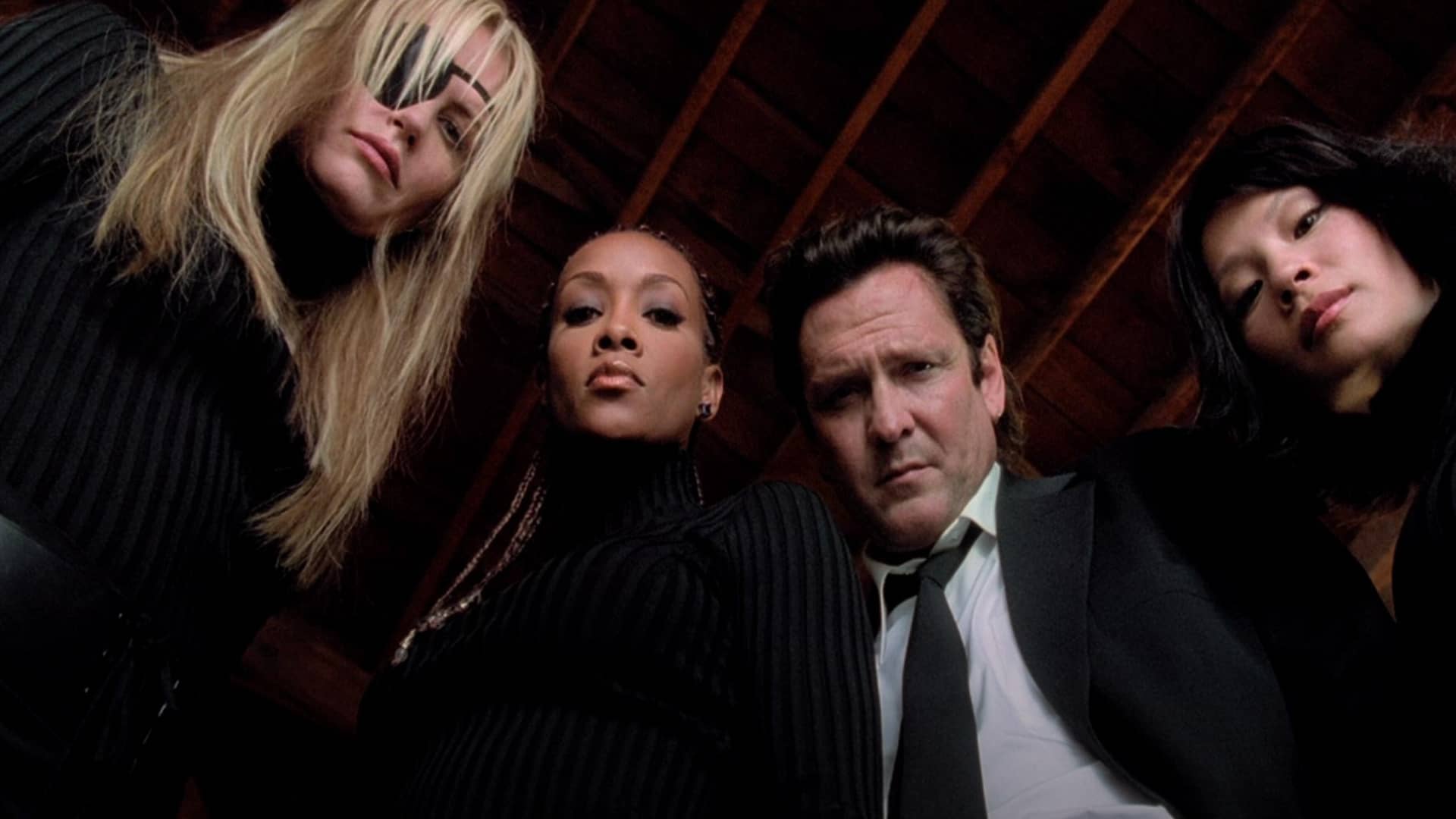
A point of view shot (also known as a POV shot) is a short film scene that shows what the character(the subject) is seeing(represented through the camera).

In film or video, an over the shoulder shot (or third person shot) is a shot pf something or someone taken from the perspective or camera angle from the shoulder of another person.

Shot reverse shot, is a film technique in which one character is shown looking at another character (often off screen) and then the other character is shown looking back at the original character.
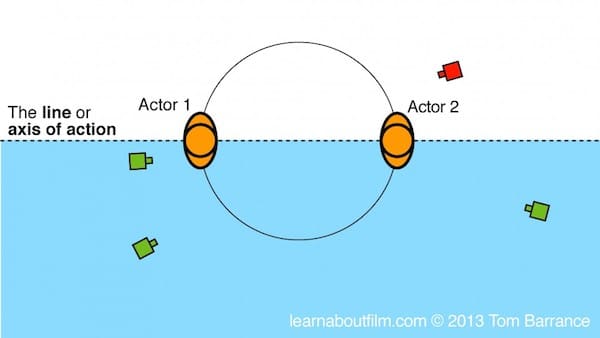
The 180° rule is a cinematography guideline in which a scene with two characters should maintain the same left/right relationship to another. Meaning, when the camera passes over the invisible axis connecting two subjects, it is called crossing the line and the shot becomes what's called a reverse angle.
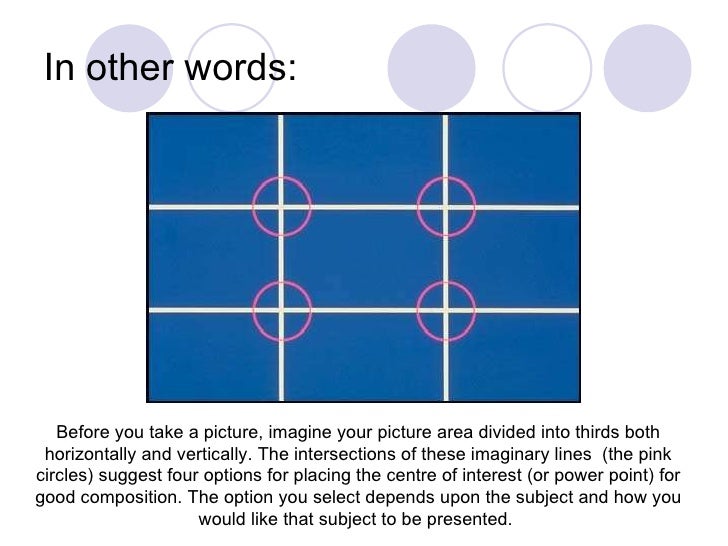
Rule of thirds, this is a concept in film and video in which the frame is divided into nine identical but imaginary section, these create reference points that help a director frame the shot.
An eye level shot is where the camera is positioned as though it is actually a human observing the scene, so that the actors' head are level with the focus and the camera will be placed roughly five to six feet from the ground.

Birds eye, worms eye.
A Viewpoint is the apparent distance and angle from which the camera views and records the subject. They also include the eye-level camera angle and the point of view shot. A high-angle shot (HA) is a shot in which the camera is physically higher than the subject and is looking down upon the subject.
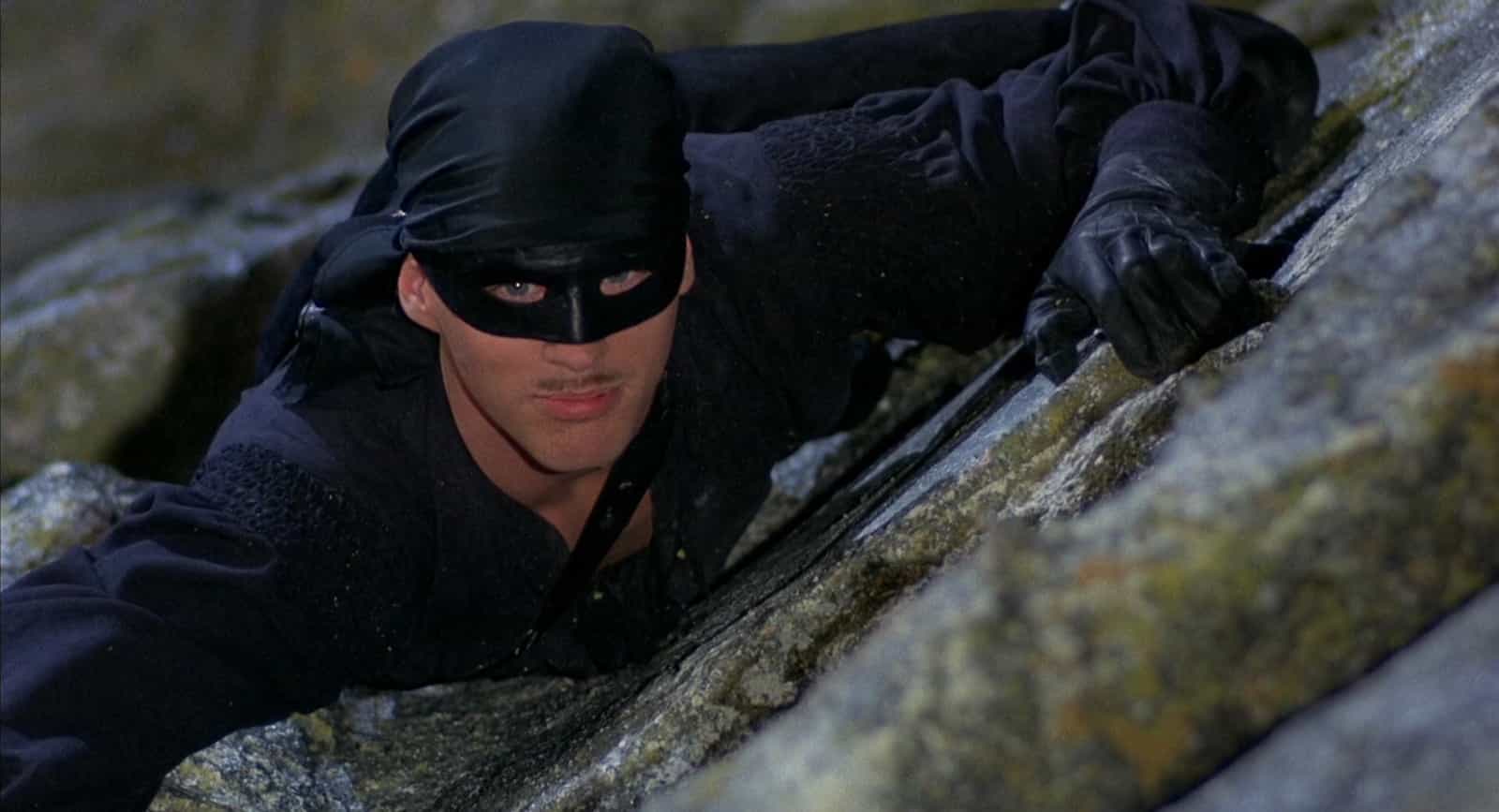
A high angle shot is a cinematic technique in which the camera looks down on the subject from a high angle and the point of focus often gets 'swallowed up'. High angle shots can make the subject seem vulnerable or powerless when applied with the correct mood, setting and effect.
In cinematography, a low-angle shot, is a shot from a camera angle positioned low on the vertical axis, anywhere below the eye line, looking up. Sometimes, it is even directly below the subject's feet. Psychologically, the effect of the low-angle shot is that it makes the subject look strong and powerful.

A Dutch tilt is a camera shot in which the camera angle is deliberately slanted to one side. This can be used for dramatic effect and helps portray unease, disorientation, frantic or desperate action, intoxication, madness, etc.

 A camera dolly is a wheeled cart or similar device used in filmmaking and television production to create smooth horizontal camera movements. The camera is mounted to the dolly and the camera operator and focus puller or camera assistant usually ride on the dolly to push the dolly back and forth.
A camera dolly is a wheeled cart or similar device used in filmmaking and television production to create smooth horizontal camera movements. The camera is mounted to the dolly and the camera operator and focus puller or camera assistant usually ride on the dolly to push the dolly back and forth.
Zoom Shot. A zoom is technically not a camera move as it does not require the camera itself to move at all. Zooming means altering the focal length of the lens to give the illusion of moving closer to or further away from the action. ... This is sometimes used for creative effect in the dolly zoom.
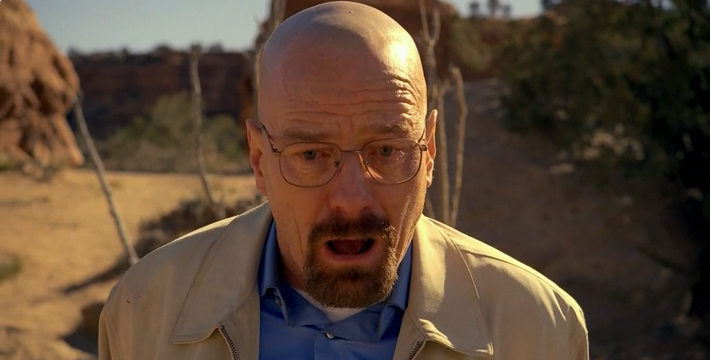 A dolly zoom is a cinematic technique in which the camera moves closer or further from the subject while simultaneously adjusting the zoom angle to keep the subject the same size in the frame. The effect is that the subject appears stationary while the background size changes (this is called perspective distortion).Shallow focus is a photographic and cinematographic technique incorporating a small depth of field. In shallow focus one plane of the image is in focus while the rest is out of focus. Shallow focus is typically used to emphasize one part of the image over another.
A dolly zoom is a cinematic technique in which the camera moves closer or further from the subject while simultaneously adjusting the zoom angle to keep the subject the same size in the frame. The effect is that the subject appears stationary while the background size changes (this is called perspective distortion).Shallow focus is a photographic and cinematographic technique incorporating a small depth of field. In shallow focus one plane of the image is in focus while the rest is out of focus. Shallow focus is typically used to emphasize one part of the image over another.
Deep focus is a style or technique of cinematography and staging with great depth of field, using relatively wide-angle lenses and small lens apertures to render in sharp focus near and distant planes simultaneously. A deep-focus shot includes foreground, middle-ground, and extreme-background objects, all in focus.
Selective focus is when a portion of your image is in focus, and another portion is not. This is achieved by using a low aperture number, such as f/2.8 or f/3.5 - which produce shallow depth of field. ... Selective focus is a great technique for drawing the eye to your specific subject and creating a soft mood.













